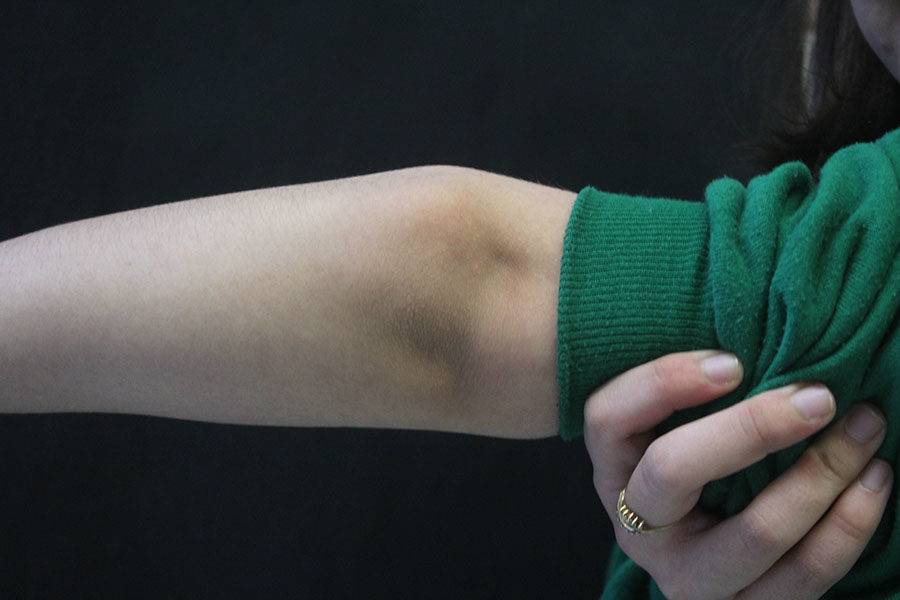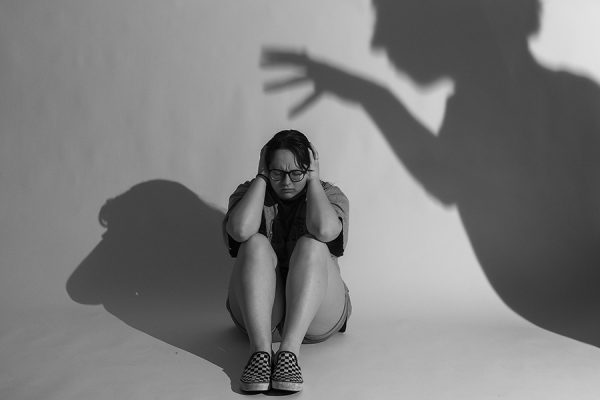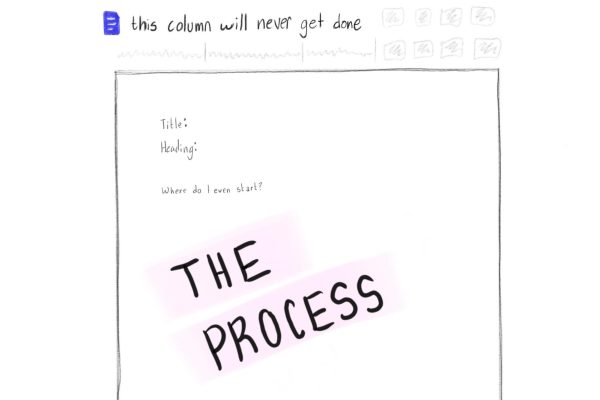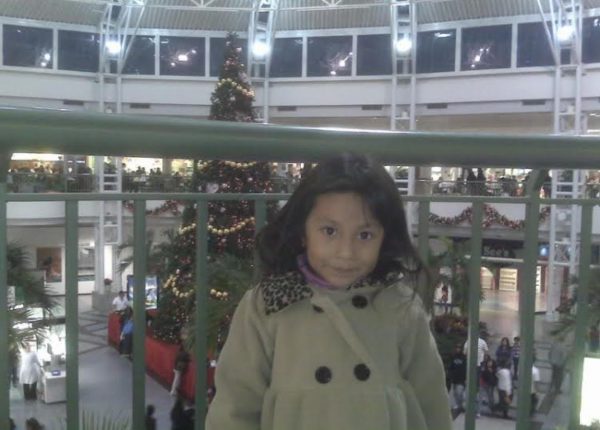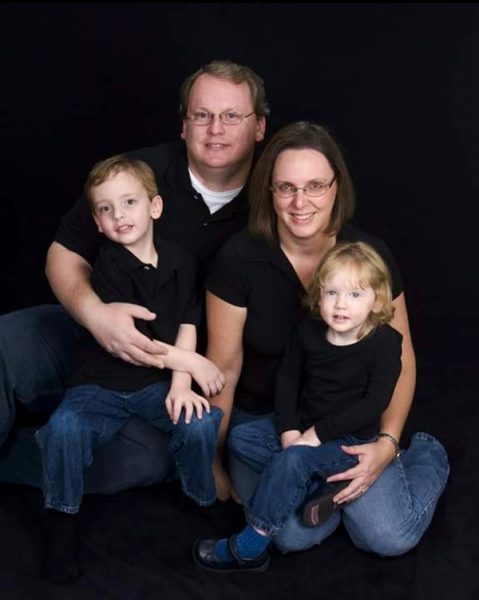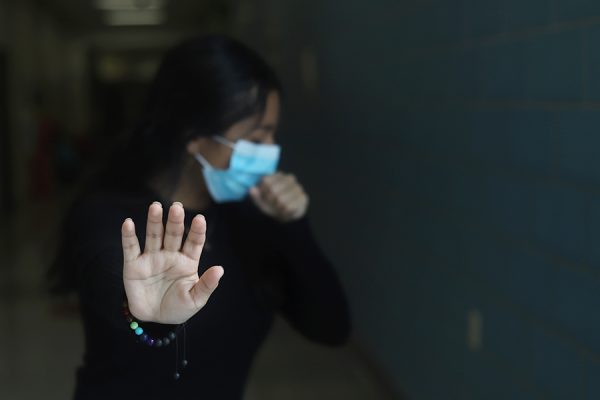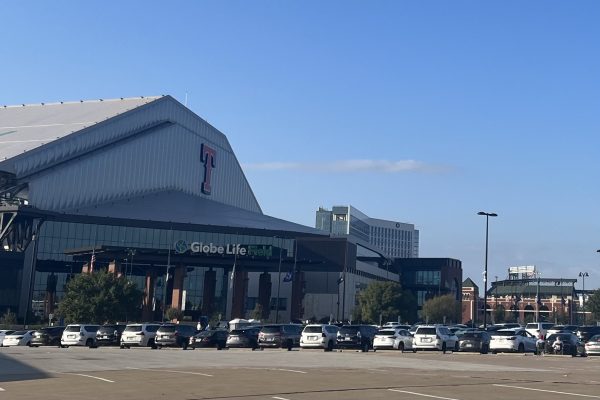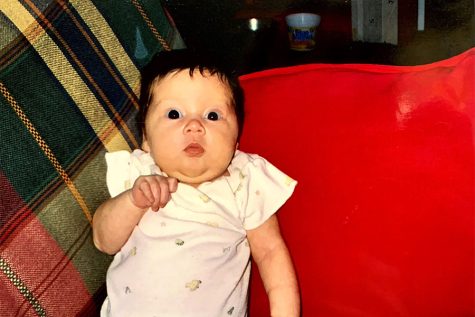Column: Traveling down a bumpy road
‘After that visit with the orthopedic geniuses who told me everything that was wrong, I had involuntarily entered the magical world of adolescence and pain.’
“I stare up at the roof shortly after my alarm rings, trying to work up the courage to drag myself out of bed, to find the strength inside of me to stand up and walk, even though I can hardly feel the ground beneath me.”
It’s a bird!
It’s a plane!
Oh, wait. Hold on. It’s actually a tumor.
Now, before you freak out, let me explain myself. This is actually normal.
Well, no, it’s not, but this abnormality has always been normal to me.
This abnormality has an infinite number of names, but the most generic answer I can give you is osteochondromatosis. Specifically, what I have are called hereditary multiple osteochondromas.
Now, to be completely honest with you, I don’t know at what age my family noticed I had this. In fact, for the better part of my life, we didn’t even have a proper name for it because it is such a rarity. Our favored terminology was “extra bones.” When we noticed I had a bone adjacent to my right knee, we didn’t bat an eyelash. We just laughed because I really was my father’s daughter.
The magic of genetics and hereditary disorders!
It actually wasn’t a big deal for the longest time. To me, it wasn’t a condition or a disorder at all, it was just me. I was a kid, I was free, homework didn’t exist and my bones were barely there. My deformity was practically non-existent. If I wanted to scare my friends, I would show them the little tumor that sat next to my kneecap.
Oh, to be a third grader again. Needless to say, this was a fine time in my life.
Then came the infamous yearly checkup. I was 12, on the brink of being a teenager, when the doctor tapped on the bone mass I’d always known I had. She looked up, concern written all over her face. Naturally, as any 12 year old does, I burst into laughter, insisting that I was completely fine, that the tumor was normal, a product of being my dad’s daughter. That I wasn’t the first in my family to have one.
Slightly unconvinced and with remaining concern, she carried on with the checkup. She asked what the medical condition was called, and all I could do was laugh and shrug. Bored with my right calf now, she moved on to the left calf.
This is where the road got a little bumpy. Pun intended.
Here, in this bright-white doctor’s office, the doctor touched my left calf and found a mass that scared her so much, she referred me to a specialist.
A couple of phone calls and schedule resolutions later, we found ourselves walking the halls of Scottish Rite Hospital for Children. Here, I got X-rayed, poked, prodded and my favorite: panicked.
The X-rays revealed the mass my doctor had freaked out over a couple months earlier was the size of a baseball. So, there was that, but this was just one out of countless benign tumors that hide beneath my skin. Among the baseball-sized monstrosity and the other bumps that have yet to be seen, there was also the issue of being unproportional.
See, not only does this condition produce bone growths, but can sometimes affect your general bone growth. This is the case with my left arm. Everybody has three bones in their arms and I’m no exception. My left arm has three bones. However, one arm decided it just didn’t want to grow in the traditional manner. Not having enough room to grow, it grew outwards, causing a now noticeable deformity. You should’ve seen the X-ray.
For 13 years, I had been spared the agony and misery of having multiple osteochondromatosis. I was so clueless, we didn’t even know the name of the disorder. After that visit with the orthopedic geniuses who told me everything that was wrong, I had involuntarily entered the magical world of adolescence and pain.
I guess they’re the same, though.
Later I learned that as I grew, my bones were growing with me. You see, these little atrocities like to grow near the growth plate, so it seems legit. Once the awesome stage of puberty comes to a close, your “extra bones” should be done growing.
And oh, let me tell you: they are definitely finished growing.
Now, at age 16, I am absolutely thriving; tumorous and thriving. I stand 5’2 and a quarter, which also seems pretty accurate, as individuals affected by osteochondromatosis are typically short in stature. My left arm looks like my right arm, on steroids. And recently, I’ve developed a fun, pins and needles sensation in my hands and feet.
I know what you’re thinking. You really feel for me.
And to that I say, “Cool, ‘cause I can’t feel a thing. Because my hands and feet are numb.”
My osteochondromatosis is an abundance of things. While it was dormant for the majority of my life, sometime after I turned 13, it completely transformed my world. It challenged me. It made me feel small.
It made me feel pain only I knew about, a pain only I could see. A pain that wasn’t always there, but when it came back to visit, made me shrivel up, filled me up with rage.
With this disability, I have two choices: deal with it or have surgery. Surgery has been contemplated but never actually done because the pain was always manageable. It was there one day and then it would fade.
However, my situation has taken a turn.
I wake up in the middle of the night almost every night because there’s a pain in my back. I stare up at the roof shortly after my alarm rings, trying to work up the courage to drag myself out of bed, to find the strength inside of me to stand up and walk, even though I can hardly feel the ground beneath me. Everything feels numb.
And then comes the frustrating part: being told that it’s all in your head.
But even still, I am here and my bones are here with me.
We’re a package deal like a bottle of shampoo and conditioner combined: two in one.



